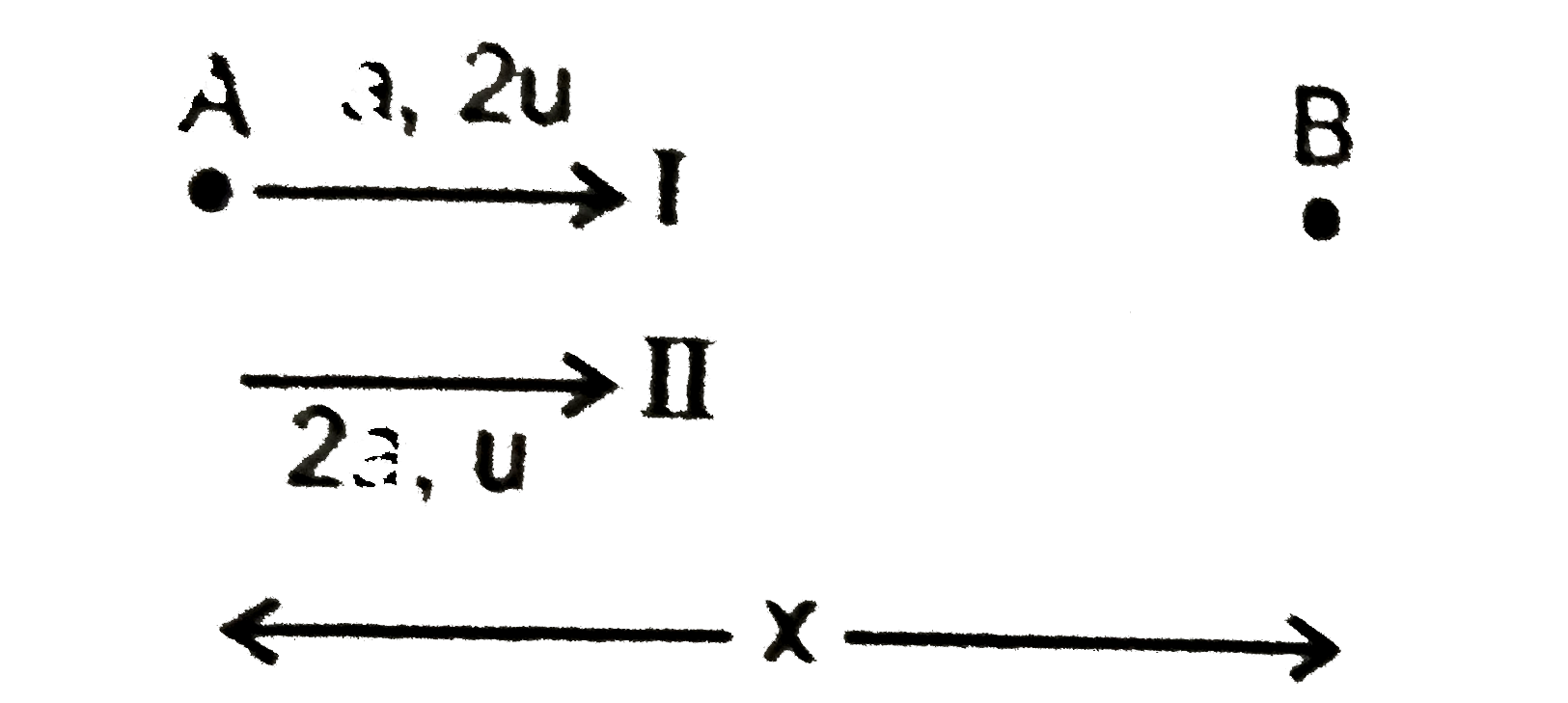A
B
C
D
Text Solution
Verified by Experts
The correct Answer is:
Topper's Solved these Questions
DAILY PRACTICE PROBLEMS
RESONANCE|Exercise dpp 40|5 VideosDAILY PRACTICE PROBLEMS
RESONANCE|Exercise dpp 41|7 VideosDAILY PRACTICE PROBLEMS
RESONANCE|Exercise dpp 38|5 VideosCURRENT ELECTRICITY
RESONANCE|Exercise Exercise|54 VideosELASTICITY AND VISCOCITY
RESONANCE|Exercise Advanced Level Problems|9 Videos
Similar Questions
Explore conceptually related problems
